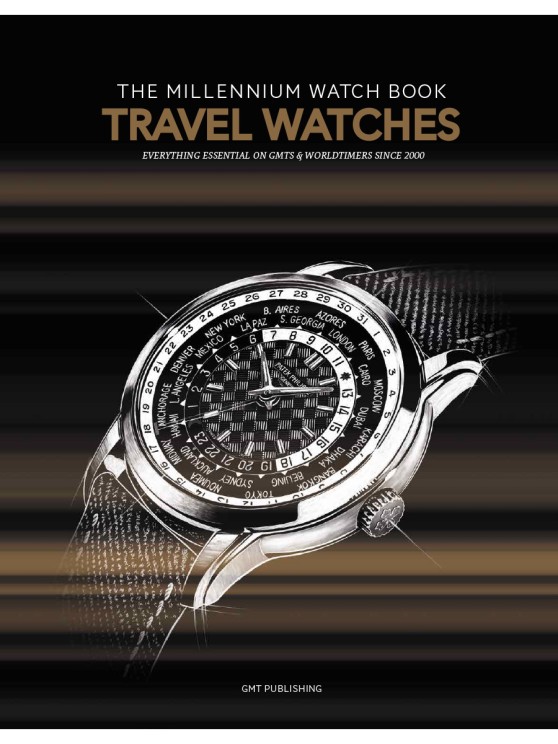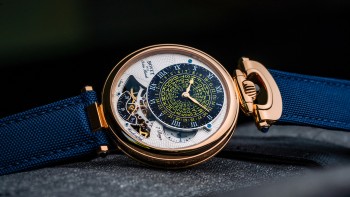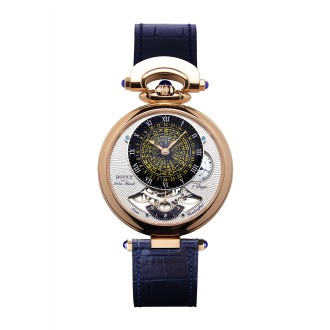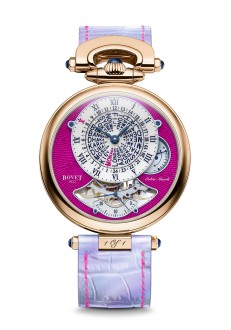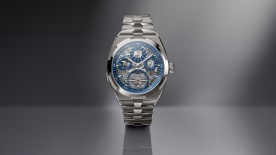The history of Bovet is a tale of evolution, ambition and reinvention. Founded in England in 1822, the brand quickly established a presence not only in its home country but also in Switzerland, the epicentre of watchmaking, as well as China, an emerging market for luxury watches at the time. Yet, Bovet's journey towards creating watches with a globalist spirit – those featuring dual time or world time complications – spanned almost two centuries.
A new chapter began for Bovet in 2001 when Pascal Raffy took the helm. Raffy's vision centred on crafting complicated mechanical watches, a pursuit that became his enduring mission. Under his leadership, Bovet expanded its horizons in 2006 with the acquisition of the STT movement factory, previously known as Progress Watch. STT was infamous for its audacious but ultimately unsuccessful project to create a "people's" Swiss-made tourbillon. However, Calibre 13.21 from this project, albeit in modernised forms, became the foundation for Bovet's collection of complicated watches and those of Dimier, Raffy's second brand, which later merged with Bovet.
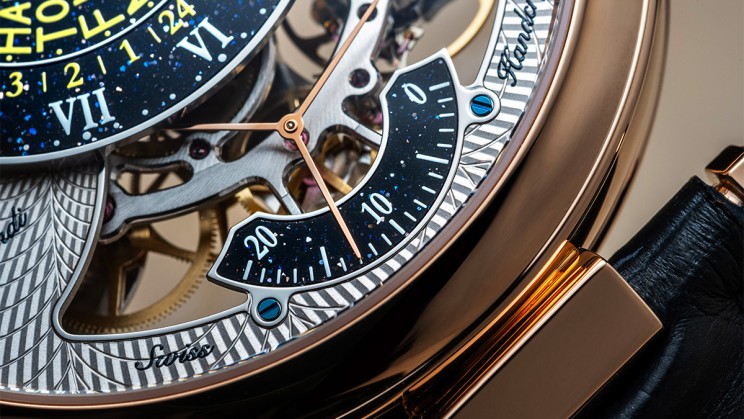
The significance of this history becomes clear when we consider "Orbis Mundi," denoting dual time and worldtimer watches within the Bovet and Dimier collections. This name first appeared with the Dimier Récital 3 Orbis Mundi watch, introduced in 2008. This timepiece boasted a tourbillon, a second time-zone indication with a 24-city display, and a power-reserve indicator: a formidable list of complications. While it did not strictly offer the world-time function, the switchable disc featuring the names of 24 cities representing the world's time zones came remarkably close.
By this time, the tourbillon movement had evolved into the 13BA05, and Raffy steered Bovet and Dimier into a new era of horological excellence, creating the Orbis Mundi symbolising the brand's dedication to innovation and global sophistication.
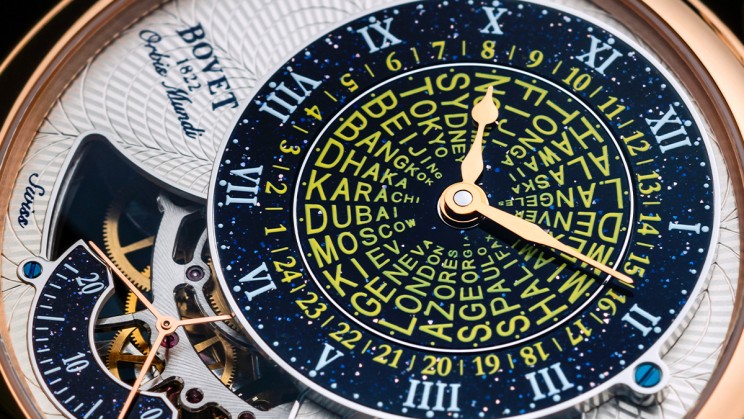
And yet world time
The Orbis Mundi design featuring dual sub-dials for the local time and a second time zone garnered significant popularity, as is evident in its numerous iterations across the original Dimier and the Fleurier collections with distinctive pocket watch-style cases. However, introducing a disc displaying 24 cities alongside a rotating 24-hour scale marked the debut of a world time display within the Bovet collection.
This complex feature first appeared in noteworthy models such as the Dimier Récital 18 Shooting Star in 2016; the Dimier Récital 22 Grand Récital in 2018, which received the prestigious “Aiguille d'Or” at the Grand Prix d'Horlogerie de Genève; along with the Récital 26 Brainstorm Chapter Two in 2020, featuring an innovative domed world time display. According to Bovet, the Brainstorm Chapter Two, which won the “Mechanical Exception” award at the 2020 GPHG, catalysed the brand's development of a new foundational design for the Orbis Mundi series.
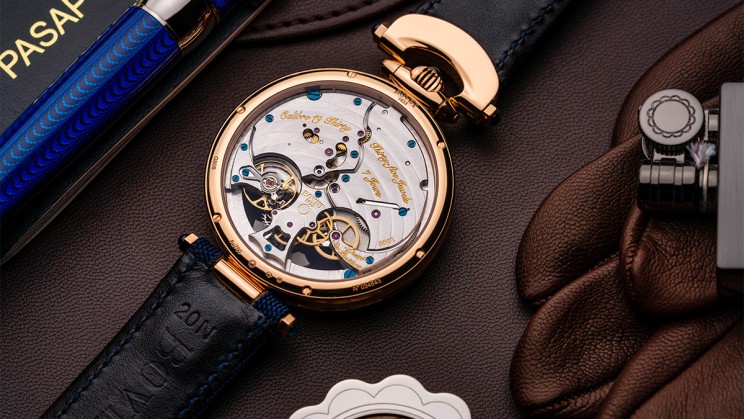
This time without the tourbillon
It appears that the Orbis Mundi design has garnered more popularity compared to previous limited editions featuring tourbillons, which substantially increased their price. The preview of the new design in the 19Thirty Orbis Mundi watch at the 2021 Grand Prix d'Horlogerie de Genève was so well-received by retail partners that Bovet decided to relaunch it as the Orbis Mundi watch for their 2022 anniversary year, simplifying it to just Orbis Mundi. Essentially, Bovet has reorganised its offerings by spinning off the Orbis Mundi design into its dedicated line, thus removing worldtimer models from the 19Thirty line.
Previous versions of the Orbis Mundi often felt overloaded with displays and complications. In contrast, the new Bovet Orbis Mundi focuses solely on showcasing world time in a visually appealing manner. While brands like Patek Philippe, Breguet, and Vacheron Constantin are renowned for their exquisite worldtimer watches – such as the World Time Ref. 5030, Hora Mundi Ref. 3700, and Patrimony Traditionnelle World Time Ref. 86060—each crafted with their distinctive aesthetic approaches, Bovet has chosen a unique path, offering an attractive alternative.
The Bovet Orbis Mundi features a dial adorned with a constructivist-inspired disc displaying printed cities and delights with a beautifully designed caseback. Here, small bridges harmonise with larger ones, all embellished with a single Côtes circulaires pattern, presenting a captivating view.
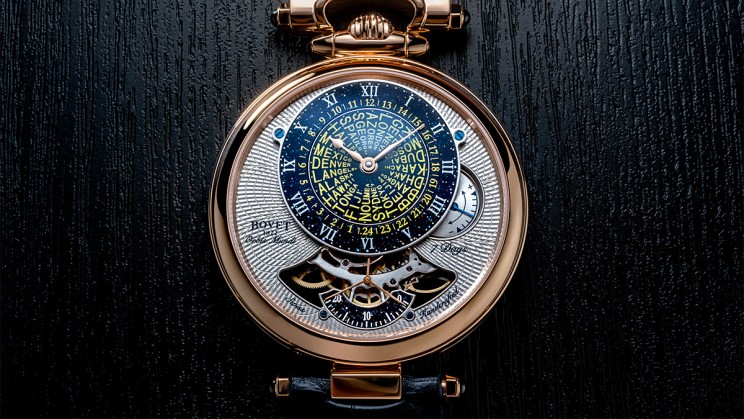
Bovet Orbis Mundi
Case: round case in 18K rose gold in the shape of an open-face pocket watch with winding crown under the bow lug at 12 o'clock, exhibition caseback, winding crown with sapphire cabochon, lugs with sapphire cabochon
Size: 42mm in diameter, 11.25mm thick
Movement: in-house hand-wound Caliber 15BM01HU, 7-day power reserve
Functions: hour, minute, small seconds, world time via rotating city disc, power reserve indicator
Dial: silver-plated with lotus motif, applied sub-dial made of aventurine for 'spade & whip' hours and minutes hands and world-time indicator, recessed power-reserve indicator, three-arm small seconds hand with applied 20-second segment made of aventurine
Strap: blue leather strap with pin buckle in 18k rose gold
Launch year: 2022
This year, GMT Magazine and WorldTempus have embarked on an ambitious project: summarising GMT and Worldtimer watches since 2000 in The Millennium Watch Book - Travel Watches, a beautifully laid-out coffee table book. This article is an excerpt of the book. The Millennium Watch Book - Travel Watches is available for preorder in both French and English here.
